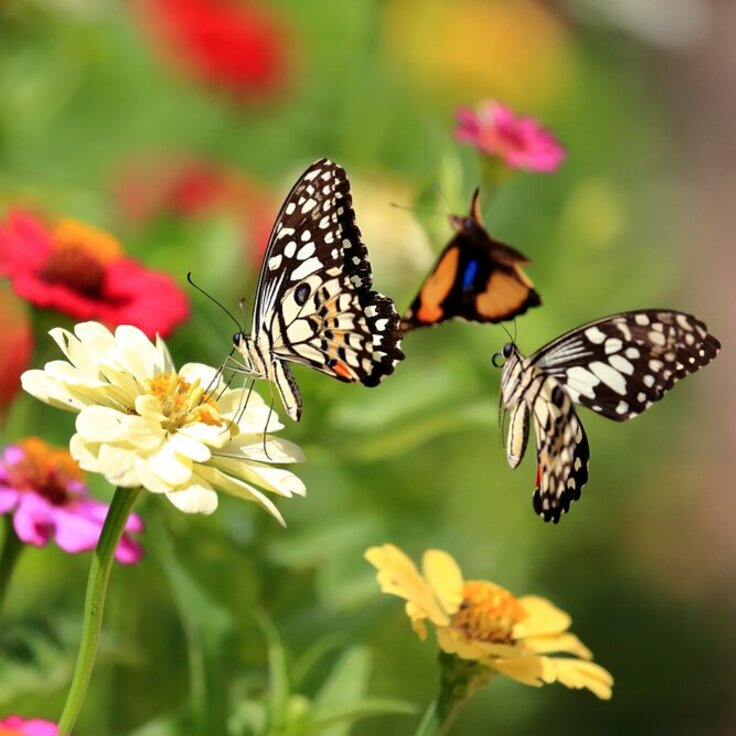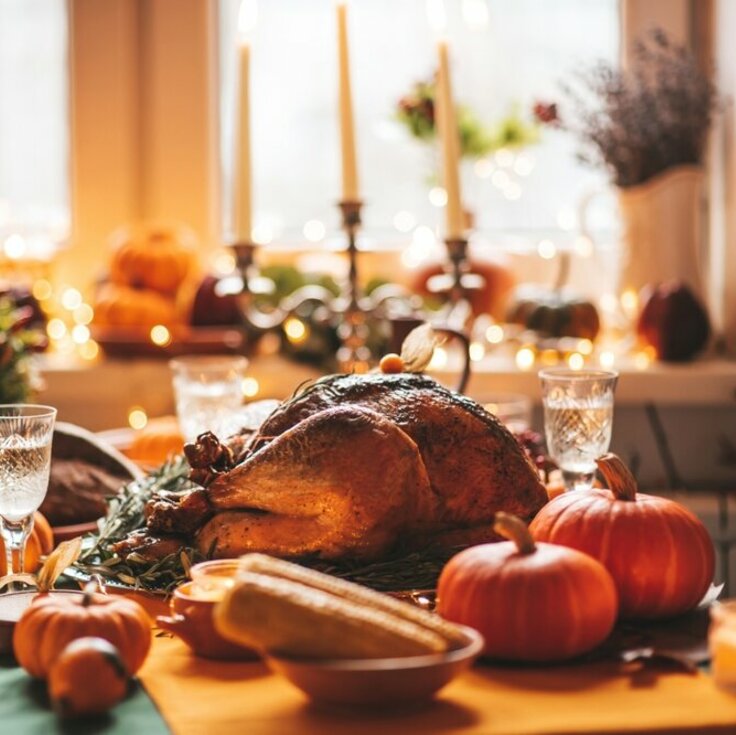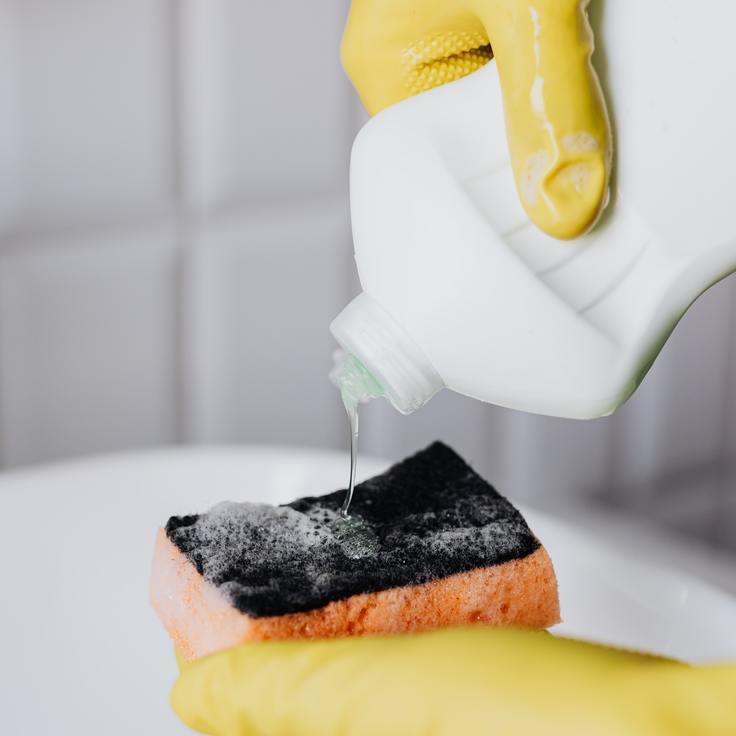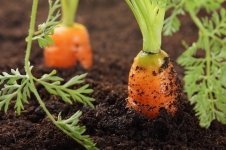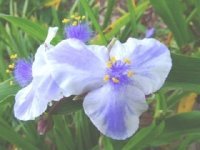Plant Rotation For Your Organic Garden
Maybe you've vaguely heard of something called plant rotation and you were told it's a good idea for your organic garden, but you're not sure why you should do it and what exactly is involved.
The easiest way to explain it is the same type of crop should not be planted in the same spot two years in a row.
It's not enough to just rotate your plantings, you should rotate types. This makes it trickier, but certainly not impossible. Learn what plants are in which category and proceed with this knowledge when you start digging in the soil next season.
Why should you do this? Plants use the nutrients in the soil but not all plants use the same nutrients. The soil needs to build up again instead of losing the same nutrients year after year, which is what would happen if you have the same crop in the same spot.
The same plantings in the same spot weaken the soil, which is turn leads to weaker plants and invites disease. More than half the battle with organic gardening is preventing disease in the first place.
Another reason why rotating is a benefit is you might fool those little pests who go looking for their favorite meal where it was the year before.
Here is a guideline, although not totally complete:
Allium - onion, chives, leek, shallot.
Legume - pea, bean, peanut.
Cruciferous - broccoli, cauliflower, kale, cabbage, turnip, brussels sprouts. Also include salad greens, spinach.
Solanaceous - potato, tomato, pepper, eggplant. Also include squash, cucumber, melon.
Umbelliferae - parsley, parsnip, carrot, celery, dill, beet.
It's easier to place your seedlings when you're planting a garden for the first time. Then you can pre-plan it for the next several years. Before you lay out your garden, take graph paper, date it, and pencil in what you want to plant where. Take into account the space needed for the plant to grow properly, the amount of sunshine it will need/get, water requirements, and the height the plant will grow to. Do the same for the upcoming years, rotating the plant types.
If you plant in beds, simply rotate the whole bed the next year. For example, move what's in bed #1 one year to bed #2 the next year and so on.
Also consider planting a cover crop one year. This cover crop, after grown, will make an excellent addition to your compost pile or tilled into the soil where it grew.
Remember, plan out your garden, write it down so you have this information when you plant again next year and rotate your crops according to type so your soil can rebound. This, in turn, will grow healthier plants and stave off disease.

